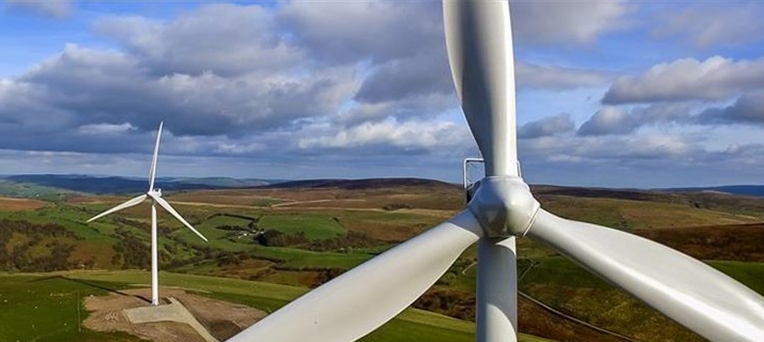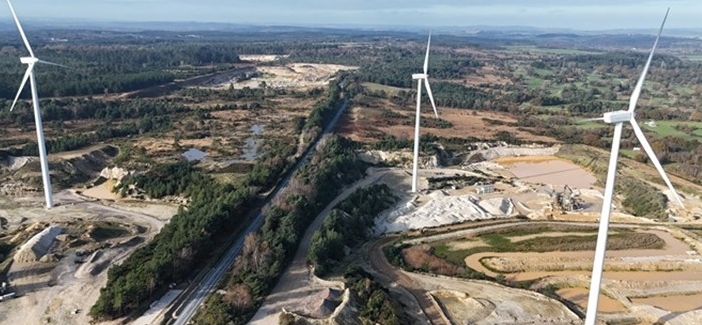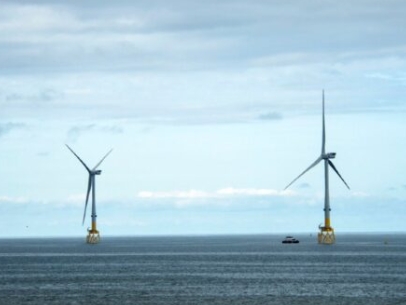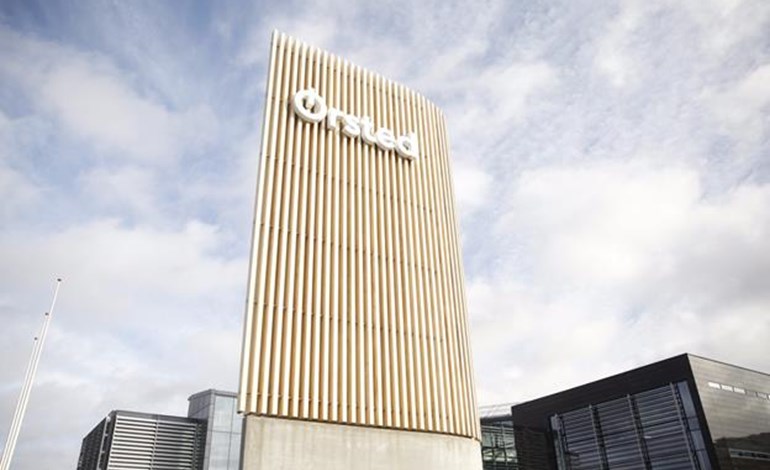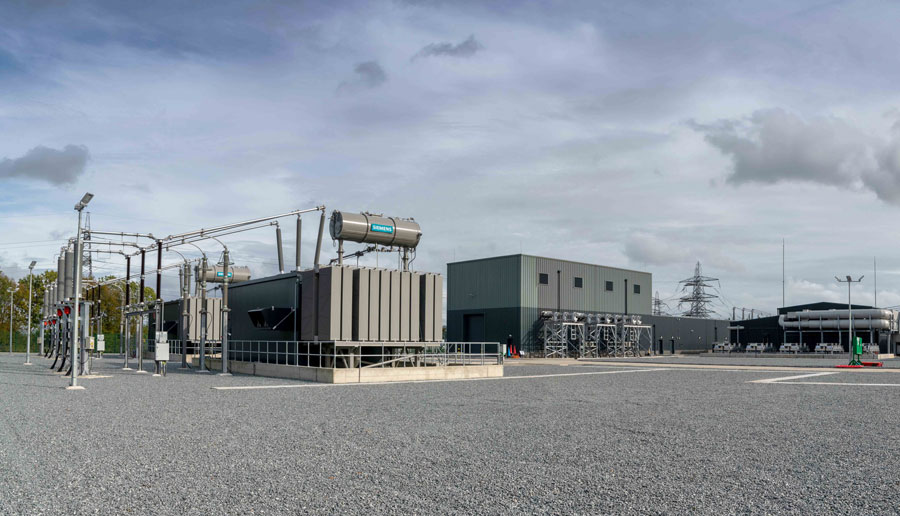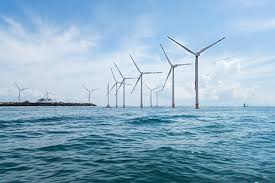The groups on Sept. 19 sent a letter to John Podesta, senior advisor to the president for clean energy innovation and implementation, calling for the U.S. Department of Treasury to adopt GREET for the proposes of calculating GHG emissions reductions under the SAF tax credit, which was created by the Inflation Reduction Act.
The law creating the SAF tax credit includes language specifying that the GHG reduction of the fuel is to be calculated with “the most recent Carbon Offsetting and Reduction Scheme for International Aviation which has been adopted by the International Civil Aviation Organization” or a similar methodology. Representatives of the U.S. biofuel and agricultural industries have been urging Treasury to adopt GREET as a methodology to calculate GHG emissions reductions for the purposes of the SAF tax credit, noting it most accurately reflects current U.S. agricultural practices.
In their letter, Clean Fuels, ASA, NOPA and U.S. canola point to flaws in the ICAO model and explain that failure to adopt GREET as an alternative model will chill investment in the U.S. biofuels industry.
“Advanced biofuel producers have announced plans to ramp up SAF production to more than 1 billion gallons in the next three years, with U.S. soybean and canola farmers and processors standing ready to meet feedstock demands,” they wrote. “Our producer members have invested $3.8 billion in new construction or optimization of facilities. Our farmer and processor members and others have invested $6 billion to expand or build new oilseed processing capacity in 10 U.S. states. These investments will add millions of pounds of renewable, low-carbon feedstock while creating thousands of jobs – including in construction – as well as new economic opportunities for rural communities and American farmers.”
The letter stresses that the ICAO model uses old, inaccurate data on farming practices that would effectively prevent SAF made from crops from qualifying for the tax credit. “It’s inconceivable that Congress would create, or Treasury would implement, a clean energy incentive that would rely solely on an outdated UN model that arbitrarily discriminates against U.S. farmers and their feedstocks,” the groups wrote. “Making use of the Department of Energy’s Argonne National Laboratory model will ensure that advanced biofuel producers and America’s farmers are contributing to this emerging market and are delivering meaningful carbon reductions in the aviation industry. The aggressive environmental and volumetric goals of the Sustainable Aviation Fuel Grand Challenge Roadmap will not be met without the innovative technologies and feedstocks emanating from American agriculture.”
Clean Fuels, ASA, NOPA and U.S. Canola also point out that preventing crop-based SAF from claiming the SAF tax credit works against the goals of the Biden administration’s SAF Grand Challenge, which was launched in 2021 and aims to boost U.S. SAF production to at least 3 billion gallons per year by 2030.
“The SAF Grand Challenge acknowledges that 90 percent of announced SAF projects that plan to go into operation by 2030 will come from our industry,” they wrote. “It also explicitly recognizes that expanded use of soybean and canola oil will make up the vast majority of feedstock in achieving the Grand Challenge goal.”
In addition, the groups note that their members have worked closely with Argonne National Laboraotry to ensure GREET is the most accurate and up-to-ate lifecycle assessment tool, including through the contribution of confidential business information about their processes. “The GREET model is the gold standard for lifecycle assessments,” they wrote. “U.S. producers of SAF and their partners in farming and oilseed processing should be able to rely on the GREET model to calculate the value of SAF credits. Without this, our combined members and others in the industry may not be able to follow through on investments in SAF production.”

